What Is Epoxy Flooring?
Important Point
Epoxy floor coatings are widely used for commercial and industrial flooring. To provide a high-performance, smooth, and durable surface that can last several years and withstand heavy loads, epoxy coatings are typically applied over concrete floors.
To maintain safe and secure conditions for staff, machinery, and inventory, many manufacturing sites, warehouses, and commercial buildings rely on epoxy floors.
The material for epoxy flooring is made of two components: resins and hardeners. It is one of the resinous flooring systems that render flooring seamless.
Generally, the resulting material is a very rigid plastic material that has benefits, including the following:
- Extremely durable
- Very solid, very strong
- Extremely degradation prone
- Strong bonds from base materials like wood, concrete, and steel are created.
Also, Read: What Is Flooring | Types of Flooring
Application Process of Epoxy Flooring:
- Step 1: To properly adhere, an epoxy coating maintains a clean as well as a slightly porous surface.
- Step 2: Epoxy can not bind to concrete that is sealed or polished. The concrete should be fully cured as well.
- Step 3: It is necessary to patch and fix all major cracks and chips in the concrete surface, as well as to remove all grease before applying an epoxy floor covering.
- Step 4: Evaluate the layer for the preceding layer of epoxy as well as other goods that could have been implemented over the decades if the concrete is aged.
- Step 5: Pour a bit of water onto the floor for sealant testing. It’s got to soak in. If the water crystals are not soaked on the surface, it is probably sealed which may not be appropriate for just an epoxy coating.
- Step 6: Please ensure that perhaps the temperature is appropriate prior to actually applying an epoxy coating, as well as obey all of the manufacturer’s suggestions.
- Step 7: Unacceptable weather can increase the bubbling and peeling of the epoxy. Epoxy is a liquid of two parts which you mix prior to actual application.
You get a restricted time to prep the epoxy coating when the product is blended it before begins to get tough.
Uses of Epoxy Flooring:
The uses of Epoxy Flooring are as follows.
- Epoxy floor coverings are widely used during industrial and commercial floor tiles.
- Epoxy coatings are usually spread to concrete floors to have an elevated, seamless but durable surface which will last for several decades or sustain higher weight.
- Most factory facilities, factories as well as commercial buildings depend on epoxy flooring to ensure strong and hygienic environments for staff, machinery, and inventories.
Advantages of Epoxy Flooring:
The Advantages of Epoxy Flooring are as follows.
- Cost Friendly.
- Easily Adjustable.
- Damage Resistant.
1. Cost Friendly
- Cost is one of the important issues for every property owner. Especially in comparison with other sturdy floors, such as hardwood floors, the cost is slightly cost-effective.
- The installation price depends on the space as well as the requirements of each individual.
- It is inexpensive compared to even concrete, particularly considering that due to chipping there will be no need for painting and routine maintenance.
2. Easily Adjustable
- Once you get a professional installer, based on your likes, or if you like a honed stone finish or a glossy and brilliantly colored floor, he or she may be able to customize your epoxy floor.
3. Damage Resistant
- Wear, cracking, peeling, and corrosion are resistant to the epoxy flooring. It is able to resist chemical damage such as acids and other environmental degradation.
- It is capable of resisting moisture with cured epoxy. The epoxy may not be UV immune on its own.
- The addition of epoxy coating, however, will help the floor last longer and make it scratch-resistant due to the composition of the ingredients.
- Urethane and a number of other top coatings can make epoxy flooring more abrasive and resistant to scratching.
- It can also make gasoline for long-term healing. The epoxy floor will also be more heat resistant to the hot healed or cured floor.
Also, Read: What Is Granolithic Floors | Construction Method | Advantages аnd Disadvantage
Disadvantages of Epoxy Flooring:
The Disadvantages of Epoxy Flooring are as follows.
- Strong Toxic Fumes.
- Epoxy Takes Long to Harden Completely.
- Temporary Flooring Solution.
- Cracks and Chips on High Impact Areas.
- Very Slippery When Wet.
- Tedious Installation Process.
- Complex Removal Procedure.
- Expensive Repairs.
1. Strong Toxic Fumes-
You’ll find a strong smell when wet as soon as you start building an epoxy floor. Sometimes, once you start applying it, you can find the epoxy floor smelling like ammonia. These gases are harmful and can cause those nearby to have any side effects.
Inflammation in the nose and eyes, mouth, and lung inflammation are some of the typical signs and symptoms you’ll encounter as a result of inhaling the fumes. Asthmatic people can have breathing issues.
However, unless you plan to sand the board, professionally curated epoxy floors pose no health risks. Since it involves the component chemicals, the sanding dust should never be inhaled.
Despite being one of the cost-friendly floorings, this is a con for the garage epoxy floor. As it is a health threat, asthmatic individuals will never enjoy it.
Research shows that epoxy can reach the body through the lungs, skin, eyes, nose, and throat and damage them.
It is understood that extensive exposure causes health problems and, much like alcohol, affects the nervous system. Skin cancer has also been identified in clinical studies in animals.
2. Epoxy Takes Long to Harden Completely-
An epoxy installation takes several days to heal fully. The general rule of thumb is that the floor in warm conditions should be left to dry and the length should be a long one.
A slow process of curing yields a very efficient, more durable result. However, with the best curing materials, a faster epoxy curing method can be used.
However, particularly if you build this floor in a home you already live in, this can be a con. Some systems can take as long as 30 days to dry and heal fully. This can cause inconvenience for any homeowner who does not plan to go on vacation during the period of installation.
3. Temporary Flooring Solution-
Epoxy flooring on its own is not a floor. Prior to applying epoxy on top of it, you will need to mount steel, concrete, or wooden base. This coat is merely a solution for temporary flooring.
However, particularly if you build this floor in a home you already live in, this can be a con. Some systems can take as long as 30 days to dry and heal fully. This can cause inconvenience for any homeowner who does not plan to go on vacation during the period of installation.
4. Cracks and Chips on High Impact Areas-
Prepare for regular replacements if you are preparing to install an epoxy floor in your garage or storage areas. In areas of high impact and traffic, like other resinous flooring systems, epoxy flooring does not perform so well.
The surface chips and cracks quickly, ensuring additional costs will be incurred and labour will be repaired and the damaged areas patched.
5. Very Slippery When Wet-
One serious downside of epoxy flooring is that, especially when wet, it can become very slippery. Any resinous flooring content is potentially non-porous.
This implies that, when wet or when there is oil on the surface, it produces a very smooth surface that becomes harmful.
When epoxy flooring and coating is mounted, homes with children, the elderly, and even pets can pose a huge risk to these vulnerable groups.
There are preventive steps, however, which can be applied to render less slippery epoxy flooring. Unfortunately, these measures are an extra cost.
The following may include them:
- Usage of silica sand on the final coating to create resistance during construction.
- In order to get the full grip, apply an aluminum oxide additive to the epoxy content.
- Adding Shark Grip to the final texturing coating and adding floor resistance.
- Purchasing mats for containment
Any of these strategies are an extra expense. Others, such as containment mats, might not be so appealing if you plan to install designer epoxy flooring for beautification purposes.
6. Tedious Installation Process-
It’s very boring to prepare the current floor for an epoxy coating or flooring installation. For example, the removal of grease, oils, or any kind of solvents must be performed on concrete floors to properly install epoxy coatings.
Another sensitive downside of epoxy flooring is that it allows the construction process to be completed exactly according to instructions.
The humidity levels must, for instance, be low enough for you to mount an epoxy base. If you do not take care of this, humidity generally ends up harming your surface, eventually impacting your floor’s durability.
As it dries, any amount of humidity trapped within the flooring material will cause significant damage to the epoxy installation.
For instance, as trapped moisture begins to evaporate when the flooring material dries, it can cause buckling, warping, and even bulging on the surface.
When this happens, re-installing your epoxy coating or flooring, re-touching, and refinishing to avoid visible surface defects can incur additional costs.
It takes a lot of effort for concrete floors to be prepared for epoxy installation. Until implementing epoxy material on the floor, getting rid of all the moisture and cleaning can be rather boring activities.
In certain situations, under the application of epoxy, you can find small particles already stuck. These will usually become the cause of cracks in the future.
7. Complex Removal Procedure-
Your epoxy flooring has probably been designed by a specialist, which raises the possibility that you may need one to remove it. Epoxy is intended to be robust in your garage or home and lasts for a long time, minimizing the likelihood that you will need to remove it prematurely.
It needs grinding to extract epoxy from the concrete floor and it’s a costly undertaking. Since many individuals do not own industrial grinders, this suggests that you are considering hiring a contractor. Note, it is important to avoid harming the underlying concrete, otherwise, you would still need to pour a new floor.
The key, very critical features that make it ideal for epoxy flooring also make it very difficult to remove from concrete. Thankfully, a professionally done epoxy floor can last a lifetime with proper maintenance.
8. Expensive Repairs-
You will need to purchase various cleaning acids and other chemicals to properly preserve your epoxy flooring. In addition, during the installation and or while washing with these chemicals, you will need to have protective gear.
The cost of protective eye-wear and breathing equipment raises the time and effort needed to install and maintain the floor on a constant basis.
What Is Epoxy Flooring?
Epoxy flooring is a unique floor material that has steadily grown in popularity. Once a concrete floor has been smoothed and prepped, a resin and a hardening chemical are mixed together. This liquid-to-solid process gives epoxy flooring the ability to be strong, stain-resistant, and more.
Advantages of Epoxy Flooring:
- It is durable.
- It is easy to maintain.
- It is unique and impressive.
- It is economical.
- It is slip-resistant.
Disadvantages of Epoxy Flooring:
- Strong toxic fumes.
- Epoxy takes long to harden completely.
- Temporary flooring solution.
- Cracks and Chips on high impact areas.
- Very Slippery when Wet.
- Tedious installation process.
- Complex Removal Procedure.
- Costly Maintenance.
Uses of Epoxy Flooring-
Epoxy floor coatings are commonly used for commercial and industrial flooring. Epoxy coatings are normally applied over concrete floors to provide a high-performance, smooth, and durable surface that can last many years and withstand heavy loads.
Application Process of Epoxy Flooring-
To apply the primer, cover the floor with a thin layer of water, then spread the primer with a roller pin on a pole, spreading it out in a thin layer over the entire floor. Let the primer dry, then apply a second coat.
Also, Read: Aggregates | Difference Between Coarse And Fine | How to do Shape and Size Matter in Aggregate
Types of Epoxy Flooring
- Flake Epoxy Flooring.
- Self Leveling Epoxy Flooring.
- Mortar Epoxy Coating.
- Epoxy Terrazzo Coating.
- Epoxy Anti-Static Flooring.
- Graveled Epoxy Flooring.
Application Process of Epoxy Flooring:
- Step 1. Prepare the surface.
- Step 2. Sweeping and cleaning of the floor.
- Step 3. Prime the floor with a suitable epoxy primer.
- Step 4. Fill all cracks, holes, etc with epoxy grout.
- Step 5. Application of the first coat of epoxy paint.
- Step 6. Apply the product with a roller.
- Step 7. Apply the final coat.
Purpose of Epoxy Garage Floor
The main reason the epoxy flooring material is so popular in garage installations is this highly sought-after benefit – its extreme durability. Unlike other materials, like hardwood flooring, for example, epoxy flooring offers chemical, resistance to motor oil, gear oil, gasoline, bleach, acids, and even many solvents.
Is It Worth Putting Epoxy on Garage Floor?
Epoxy coatings are good for some surfaces. But it’s not the best choice for your garage floor. Epoxy is prone to yellowing, chipping, and hot-tire pickup which can ruin the look of your garage floor. Concrete is a much better and more durable choice for high-traffic areas like your garage.
How Long Does Epoxy Floor Last?
The longevity of an epoxy floor system will vary based on thickness, use and maintenance. Typically, epoxy floors last between 10 and 20 years; much longer than a painted concrete floor, which will chip and wear quickly in high-traffic areas.
Epoxy Flooring Cost Calculator
To get an estimate of the cost of an epoxy flooring installation, you can use the following calculator:
- Measure the square footage of the area to be covered.
- Determine the condition of the existing floor. If the floor is in good condition, you may only need to clean and prep the surface before applying the epoxy. If the floor is damaged or in poor condition, you may need to repair or replace it before applying the epoxy.
- Decide on the type and quality of the epoxy you want to use. Epoxy coatings can range from basic coatings to high-end, multi-layer systems.
- Factor in any additional costs, such as labor, equipment rental, or additional materials needed for surface preparation.
- Use an online epoxy flooring cost calculator, which can provide a rough estimate based on the information you provide.
Epoxy Flooring Disadvantages
Disadvantages epoxy floor
- Epoxy floors are hard and therefore there is contact noise during walking.
- Without underfloor heating an epoxy floor feels somewhat cold, similar to tiled floors.
- If there are unevennesses or cracks in the substrate, ripples can become visible in the floor.
Epoxy Flooring Procedure
Applying Epoxy Paint to a Concrete Floor Instructions
- Clean Concrete Floor.
- Mix and Apply Concrete Etch.
- Prepare Room for Painting.
- Mix and Apply the Epoxy Coating.
- Allow Epoxy to Dry Then Apply Second Coat.
- After Floor is Dry, Apply Epoxy as a Baseboard Finish (Optional)
Epoxy Flooring Materials
- 100% solid epoxy: This is the strongest and most durable type of epoxy flooring material. It is made up of pure epoxy resin and hardener, with no solvents or additives.
- Water-based epoxy: This type of epoxy flooring material is mixed with water instead of a solvent. It is easy to apply and dries quickly, but it is not as durable as 100% solid epoxy.
- Solvent-based epoxy: This type of epoxy flooring material is mixed with a solvent, such as alcohol or acetone. It is easy to apply and dries quickly, but it can be more difficult to work with than water-based epoxy and it can emit strong odors.
- Self-leveling epoxy: This type of epoxy flooring material is designed to flow and level out on its own. It is often used to create a smooth, seamless surface.
- Metallic epoxy: This type of epoxy flooring material contains metallic pigments that create a unique, shimmering effect. It can be used to create a variety of patterns and designs.
- Quartz-filled epoxy: This type of epoxy flooring material contains quartz granules that create a textured surface. It is often used in industrial settings or areas with heavy foot traffic, as it provides excellent slip resistance.
Define Epoxy Flooring
In a nutshell, epoxy flooring is a type of synthetic resin floor system that is laid on top of concrete substrates as a form of protection and decoration. The systems can comprise of several layers of thermosetting resin that are coated, trowelled or poured, and generally applied onto a concrete substrate.
How to Apply Epoxy Flooring?
Applying epoxy flooring involves several steps. Here is a general guide to help you apply epoxy flooring:
- Prepare the surface: The first step is to clean the surface where you plan to apply the epoxy. Remove any dirt, oil, grease, or other contaminants. If the surface is concrete, make sure it is fully cured and does not have any cracks.
- Etch the surface: Etching the surface helps to roughen it up so that the epoxy can adhere better. You can use an etching solution or mechanical methods such as grinding or shot blasting.
- Patch any cracks: If there are any cracks or holes in the surface, fill them in with an epoxy patching compound.
- Apply a primer: Apply a thin layer of epoxy primer to the surface. This helps to create a bond between the surface and the epoxy.
- Mix the epoxy: Mix the two-part epoxy resin and hardener according to the manufacturer’s instructions. It’s essential to follow the instructions precisely to ensure the epoxy sets correctly.
- Apply the epoxy: Pour the mixed epoxy onto the surface and spread it out evenly using a roller or squeegee. Work in small sections, and avoid letting the epoxy pool or collect in any one area.
- Wait for the epoxy to cure: The epoxy will take several hours to dry and cure fully. Follow the manufacturer’s instructions regarding the drying and curing times.
Pros and Cons of Resin Flooring
To help you make an informed decision, here are the most important pros and cons of residential and commercial epoxy flooring.
- Pro: Economical Flooring System.
- Pro: Excellent Resistance to Damage.
- Pro: Long Life.
- Pro: Easy to Customize.
- Con: Difficulty Adhering in Moist Environments.
- Con: May Be Slippery.
Flooring Application
There are several types of flooring applications, each with its own unique installation process. Here are some general steps to follow for common flooring applications:
- Prepare the surface: The first step is to clean the surface where you plan to install the flooring. Remove any debris, dirt, or other contaminants. Make sure the surface is level, smooth, and dry.
- Measure and plan: Measure the area to be covered by the flooring, and plan the layout. Decide on the pattern, direction, and placement of the flooring planks or tiles.
- Acclimate the flooring: Some types of flooring, such as hardwood, need to be acclimated to the environment before installation. Follow the manufacturer’s instructions for acclimation time and temperature.
- Install the flooring: Depending on the flooring type, the installation process may differ. Here are some general steps:
Is Epoxy Flooring Slippery?
Resinous garage floor coatings like epoxy, polyuria, and polyurethane are non-porous, which is why the surface tends to be extremely smooth. Although this type of surface works fine when dry, it becomes slippery, which can pose a threat with a mere introduction of water, oils, or mud.
Uses of Flooring
floor covering, material made from textiles, felts, resins, rubber, or other natural or man-made substances applied or fastened to, or laid upon, the level base surface of a room to provide comfort, durability, safety, and decoration.
Like this post? Share it with your friends!
Suggested Read –
- What Is Dressing of Stone | Types of Dressing of Stone
- Floating Slab Vs Monolithic Slab | What Is Monolithic Slab | What Is Floating Slab
- RCCFull Form | What Is RCC | Advantages & Disadvantages of Reinforced Cement Concrete | Properties of RCC | What Does RCC Stands for
- What Is a Cavity Wall | How to Build a Cavity Wall | Cavity Wall Detail | Cavity Wall Thickness | Cavity Wall Insulation Pros and Cons | Brick Cavity Wall
- What Is Oblique Drawing | Oblique Drawing Examples | What Is Oblique View | Oblique Projection | Oblique Shape | Cabinet Oblique | What Is Cavalier Drawing
- Which of the Following Is a Way That Slopes Fail | Types of Slope Failure | Geotechnical Failures | Types of Slopes in Geography | Causes of Slope Failure | Slope Stability
- What Is Pier and Beam Foundation | Advantages & Disadvantage of Pier and Beam Foundations | Pier and Beam Foundation Design | How to Build a Post and Pier Foundation
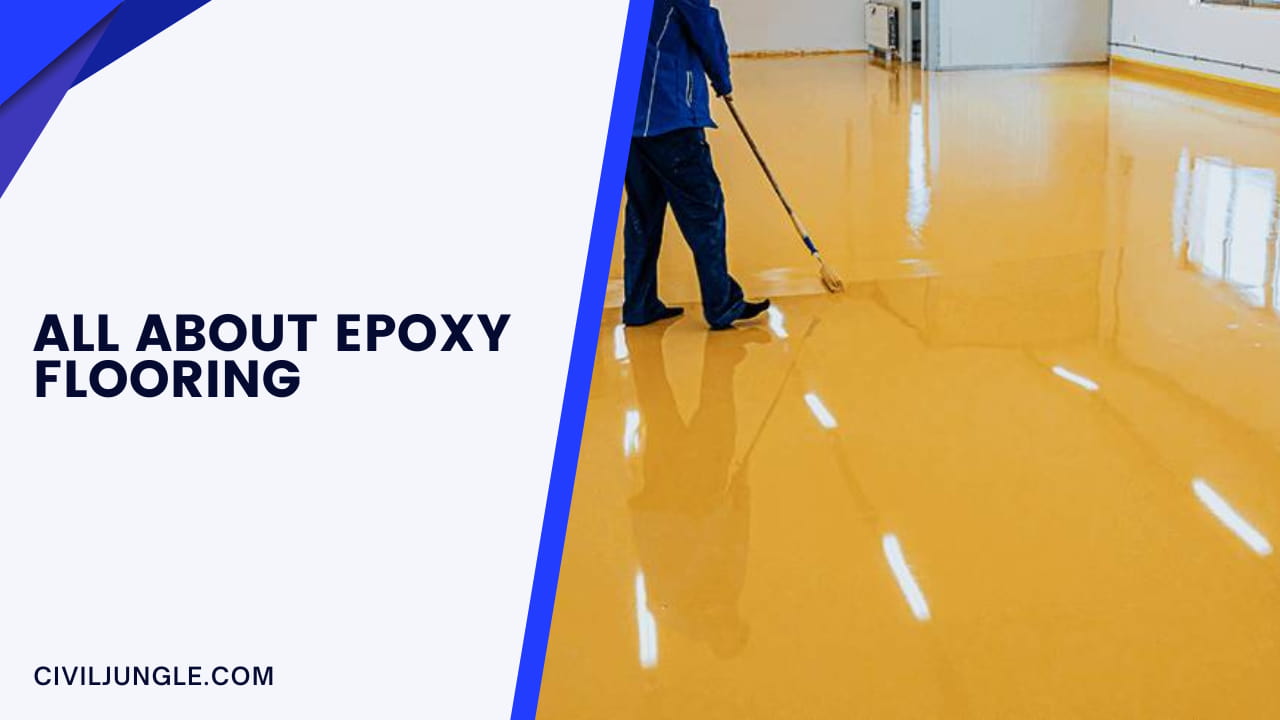
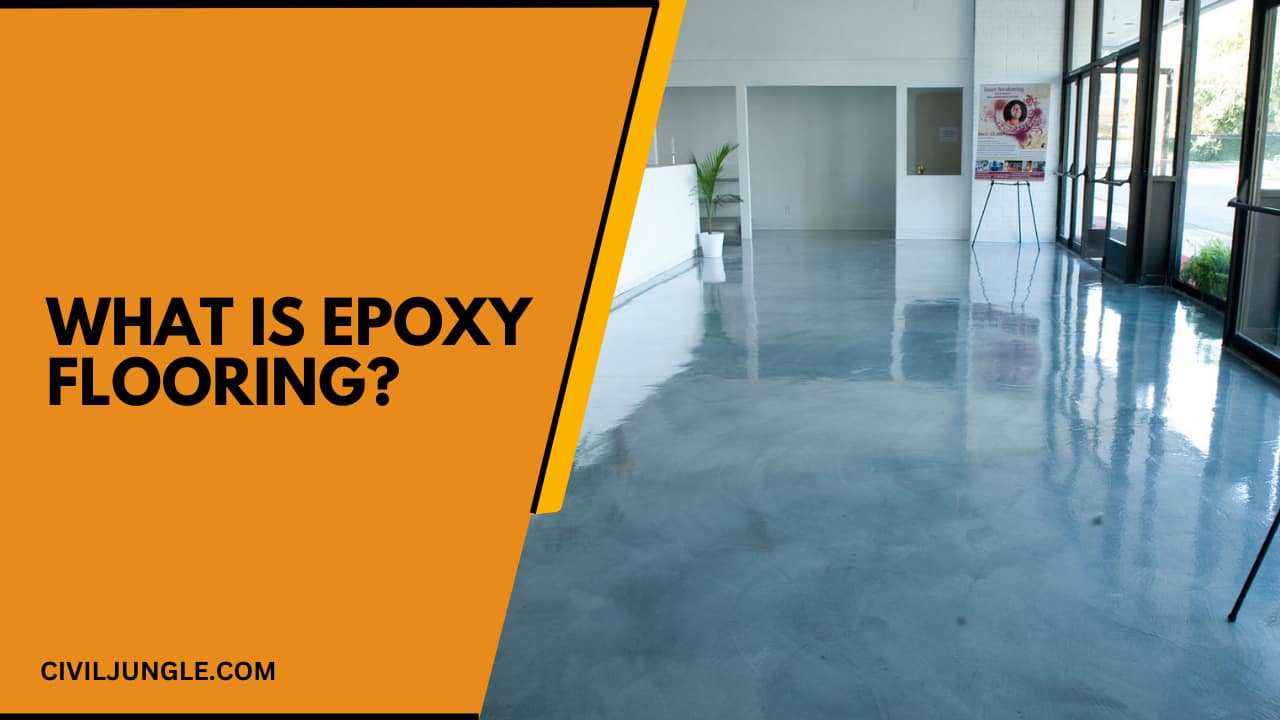
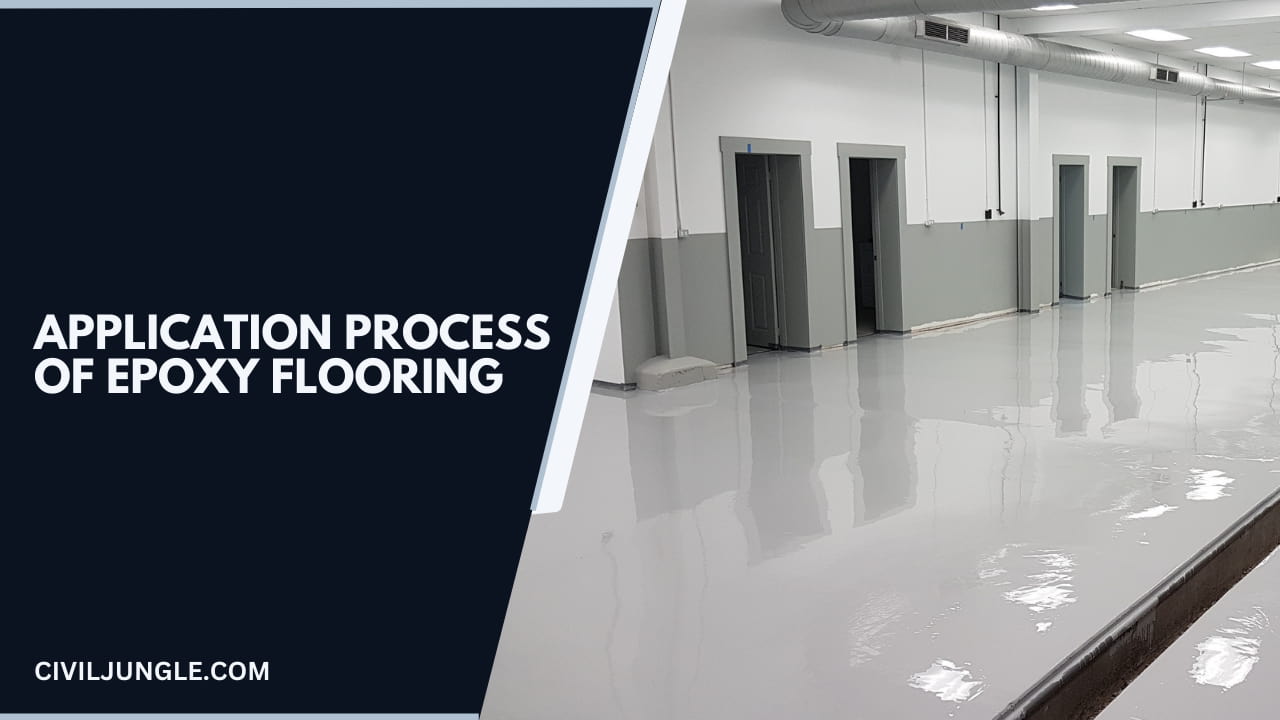
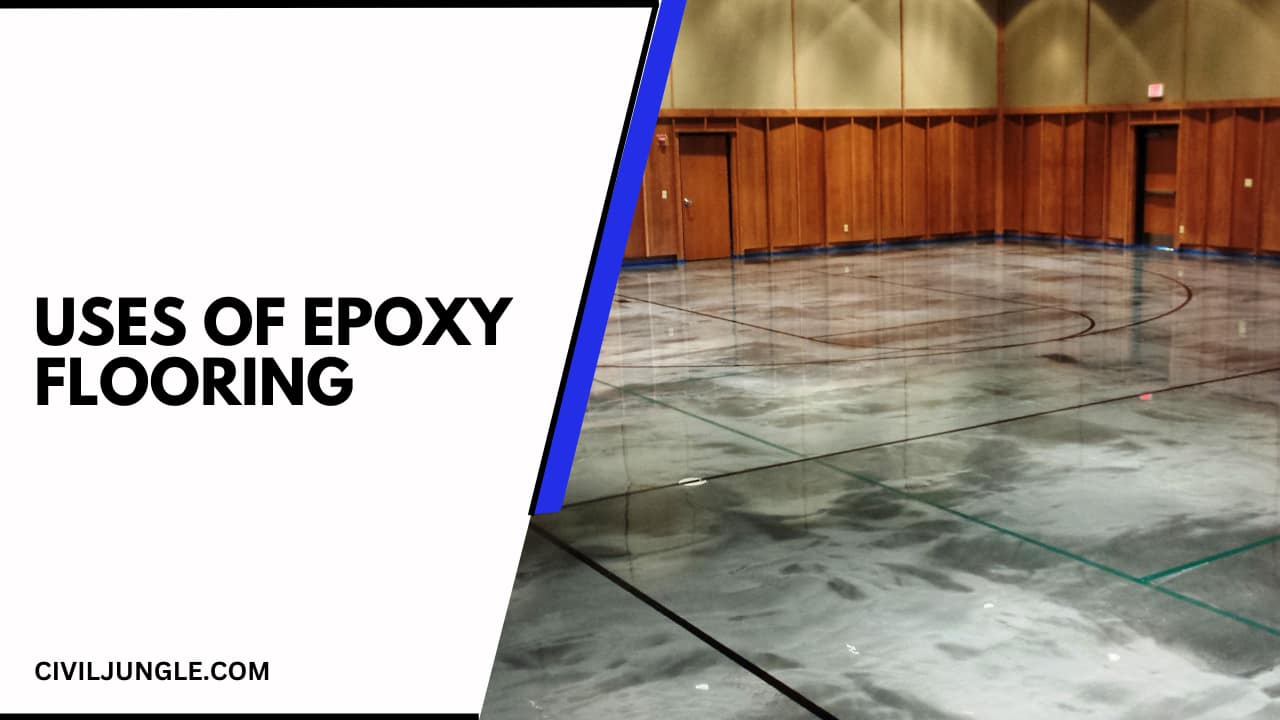
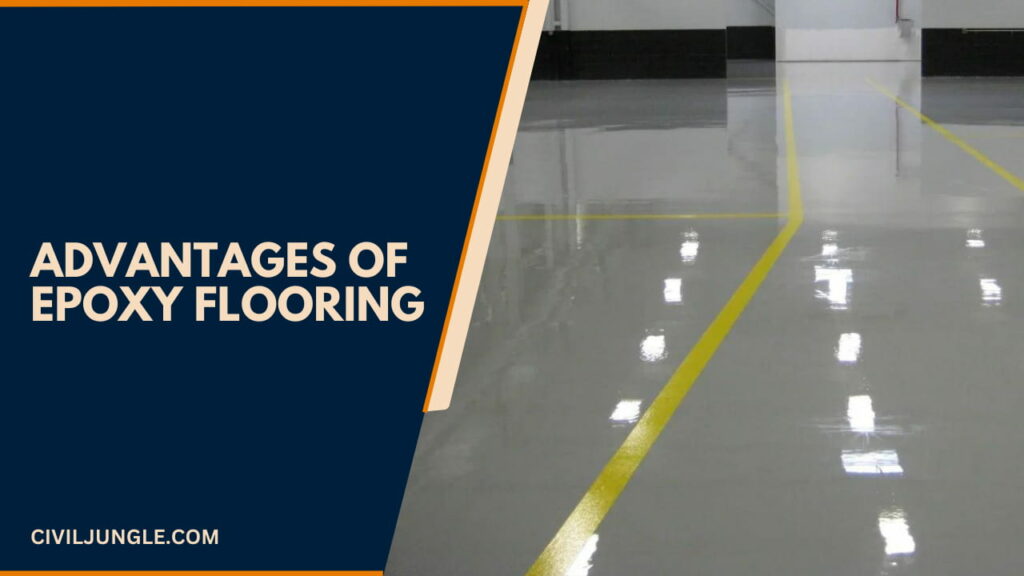
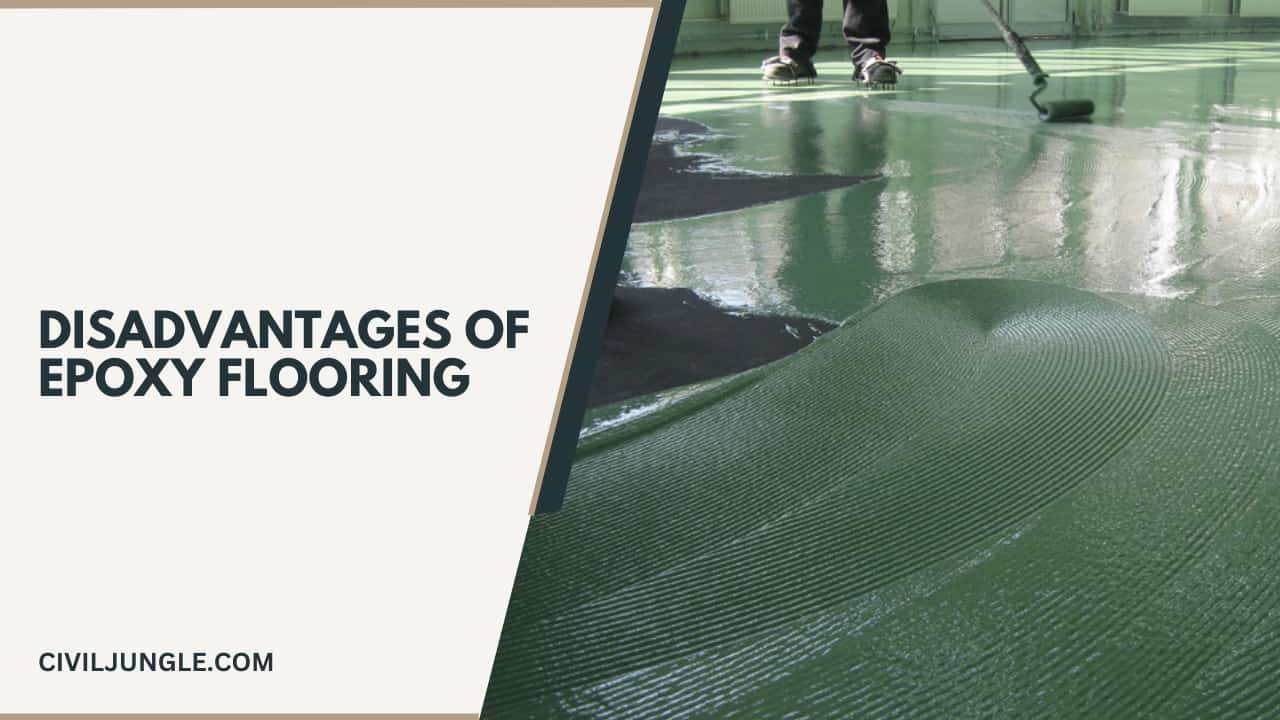

Leave a Reply